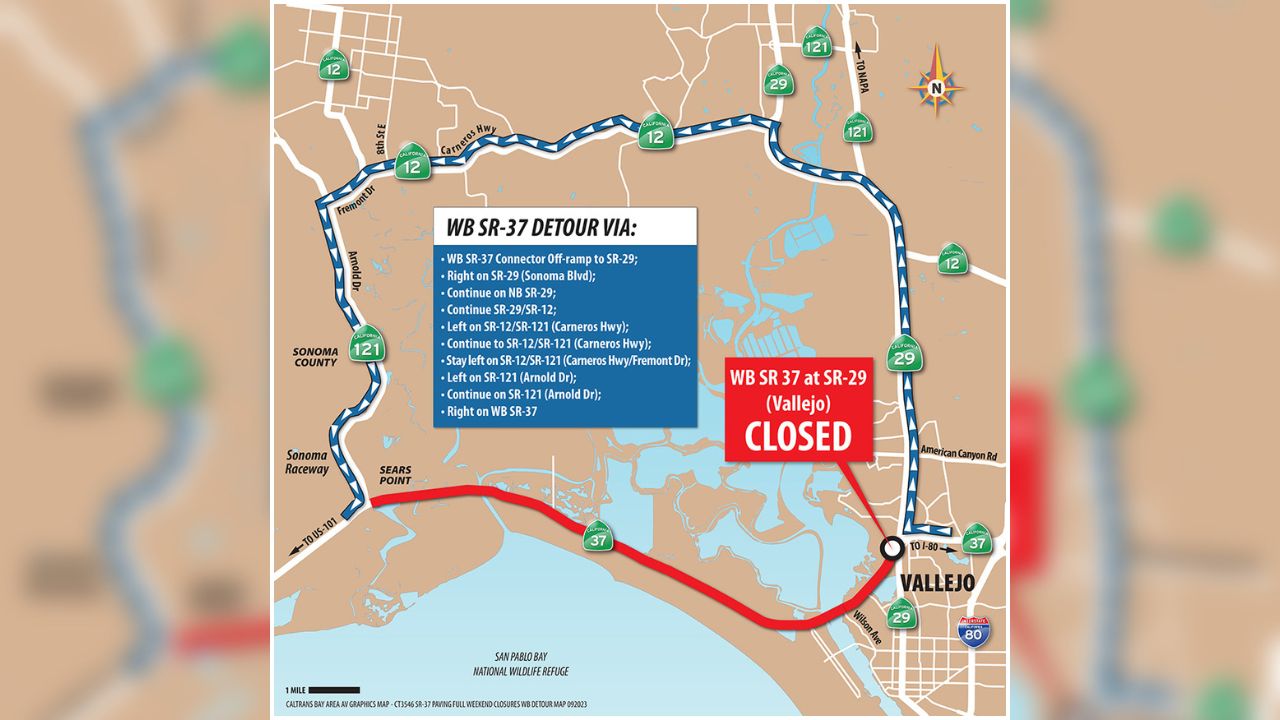Two years before Sunday's raid on Osama bin Laden's compound in Pakistan, a team of UCLA geographers used satellites and theories usually applied to endangered species and bird migration in an effort to predict the terrorist's location.
When it comes to the location and the type of city and building in which bin Laden was found, the model wasn't far off. It didn't place him in a cave, and there was a high probabilty that he was in Pakistan.
"It was originally a class project with four undergraduates," said Prof. Thomas Gillespie. "I asked them to take it seriously and they did a great job."
The UCLA students' model proposed a near 90-percent probability that bin Laden was in a city less than 300 kilometers from Tora Bora, the rugged area in eastern Afghanistan that was his last known location. On the team's map of concentric circles (below) extending from the Tora Bora area, Abbottabad, Pakistan, is within that 300 kilometer range -- not exactly pinpoint, but it narrows the possibilities and almost rules out Paris (15 percent probability).
"We were definitely on the right track," said Jorge Gonzalez, one of the students who worked on the project. "If we had taken it a little further, I think we would have found him."
At this point, it would be helpful to open this Google Map and refer to the map of concentric circles above.
Local
Kurram, Pakistan, which is near the Afghanistan border, had the highest probability of hiding bin Laden. The team's 2009 model actually identified three possible structures in Parachinar as possible hideouts for bin Laden.
"As a geography question, we have to break it down to an analysis at a global, regional, and local spatial scale," said Gillespie. "It is interesting that our 2009 model, from a global scale, would have estimated that there is a 88.9% chance he would be in Abbotabad. At a regional scale, we stated he would be in a large city. And, at a local scale, he would be in a large structure. The regional and local scale analysis were very close."
One reason the researchers zeroed in on a moderate to heavily populated town involves island biogeography theory. It states that a species is more likely to survive a catastrophic event if it's on a large island instead of a small island.
Another reason: distance decay theory. The idea that interaction between two locales declines as the space between them increases.
Gilliespie's team used night-time satellite images, electricity use patterns and other tools. They took into account possible medical needs and bin Laden's height, eliminated areas that were under the control of U.S. forces, and looked for buildings with the kinds of features a fugitive might want, such as high walls, tree cover and room for security guards.
The project was a blending of technology and traditional theory. Gonzalez had been working with satellite imagery on another project involving the Iraqi insurgency. The team applied that technology to the bin Laden project.
"It wasn't your average topic," said Gonzalez. "It was definitely out of the box. During that time, it seemed really interesting because no one had done such an analysis. We felt the public deserved a thorough analysis.
"We were given opportunities to go beyond what's traditional. We were given the opportunity to go beyond the box and use resources. We were just applying basic general principles."
Gonzalez said the idea of bin Laden hiding in a cave in Afghanistan just didn't seem likely for several reasons, including quality of life factors and patterns demonstrated by birds.
"We were basing it off endangered species of birds, so you look at their last whereabouts and where they're most likely to migrate," he said. "He will use his instinct and stay within what he's familiar with."
As for whether intelligence officials contacted Gillespie about his students' work, he noted, "Everything I do has to be public, so I am sure they do not want to talk to me."
View Tracking Bin Laden: UCLA Study in a larger map



